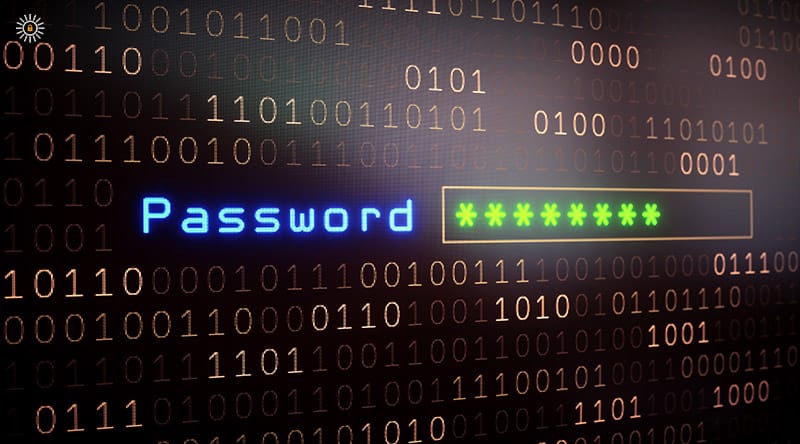- August 29, 2022
- Tags:

Cybersecurity concerns are affecting individuals and organizations in every sector worldwide. In addition to guessing passwords, cybercriminals use attack techniques like brute forcing and social engineering to access and steal sensitive information. Therefore, password management is the sustainable practice of securing and managing passwords throughout an organization.
A robust password management system safeguards user credentials against unauthorized access. Raising awareness and implementing password management best practices can help organizations secure their assets and prevent potential security incidents.
This article explores the importance and best practices of password management.
Cyber Threats Associated with Password Management
Whereas solid passwords create a protective barrier between confidential data and hackers, weak and stolen passwords are among the most common reasons for data breaches. According to a report, 85% of data breaches involve a human element like stolen credentials, phishing, or human error.
Below are some examples of cyber threats associated with poor password management:
- Brute Force Attacks: These are successful when a threat actor attempts combinations of usernames and passwords using software combining English dictionary words with thousands of variations to gain access.
- Social Engineering: Cybercriminals use psychological manipulation on their targets to steal sensitive information like login credentials. Along with spear phishing, social engineering is an effective way to access systems and commit data or identity theft.
- Password Guessing: Hackers try various combinations and popular words and phrases to crack the password. In addition, cybercriminals also use compromised login credentials from previous data breaches to access other accounts using the same password.
The Importance of Robust Password Management
Enterprise password management and security are more complex than personal password security, as these processes involve a larger volume of sensitive data, multiple people accessing the same account, regulatory policies, and more. Furthermore, as the hybrid work continues, the lack of a robust organization-wide password management policy invites cybercriminals to steal sensitive information.
In addition, the hackers perceive the remote workforce as easy targets to exploit. Therefore, strong password management is an essential requirement for any organization. In addition, organizations must also manage and train their employees to practice good password hygiene and eliminate any human error or negligence.
Top Best Practices for Password Management
Although most users are aware of password-related security risks, things get confusing when dealing with numerous passwords for different accounts. Thus, organizations must implement rules and policies that simplify employee password management.
Here are essential best practices for password management:
- Avoid Password Repetition – The challenge of memorizing multiple passwords leads employees to reuse them. Thus, organizations must implement a robust password protocol to avoid this issue.
- Long and Strong Passphrases – Users must create passwords with 15–20 characters or a minimum of 8 on websites with restrictions. Though passwords and passphrases serve the same purpose, passwords are short and hard to remember, whereas passphrases are easy to remember but require more effort and time to crack due to their complexity.
- Multi-Factor Authentication (MFA) – Multi-factor authentication is a great way to secure passwords and accounts by combining two or more independent credentials like what the user knows, such as the password, the security token, or biometric verification. However, a report states that although 51% of individuals use their mobile devices to access work-related items, 56% don’t use MFA.
- Password Screening – Another best practice is screening password reset to detect and prevent using familiar, expected, or compromised passwords. Intelligence augmentation can compare password resets or passively scan existing password repositories for weak and compromised passwords and alert the user.
- Automated Password Management Software – Password management software with encryption is a strong defense against cybercriminals by helping create and store passwords for different accounts, saving time, and keeping passwords secure.
- Employee Training and Policy Implementation – Cybersecurity training and awareness programs are integral to improving an organization’s security posture; thus, educating staff on best practices for password management is crucial for keeping data safe. In addition, training prevents data breaches or brute force attacks and streamlines the organization’s standard operating procedure for passwords.
Conclusion
Organizations must update their password creation, management, and security approaches to secure their organizational environments. Strong password management will not only reduce the risk of a security breach but also prevent complications for the organization in the long run.
From raising awareness and providing training to implementing policies, password screening, and multi-factor authentication, organizations must focus on implementing the best practices for password management.








